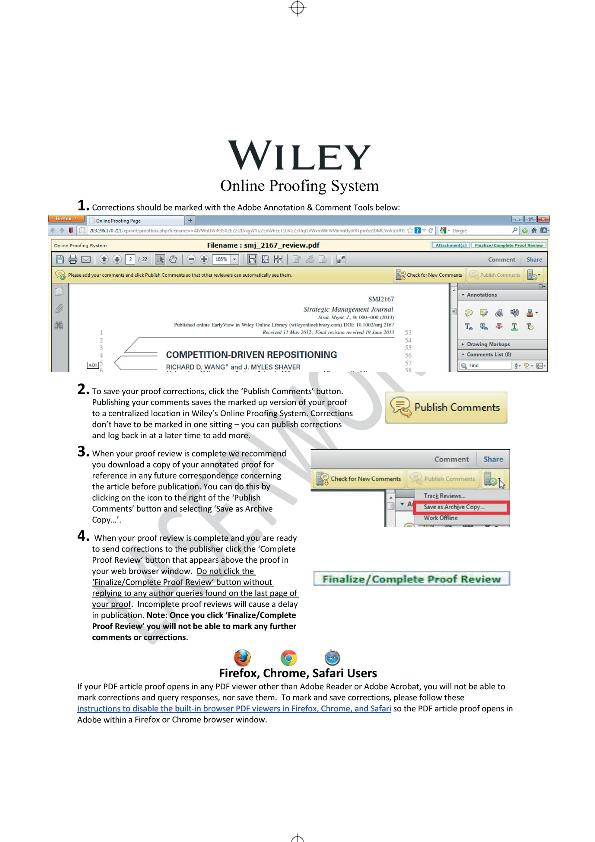Artículo
Foraging activity of commensal Mus musculus in semi-captivity conditions. Effect of predator odours, previous experience and moonlight
Fecha de publicación:
12/2015
Editorial:
John Wiley & Sons Ltd
Revista:
Pest Management Science
ISSN:
1526-498X
Idioma:
Inglés
Tipo de recurso:
Artículo publicado
Clasificación temática:
Resumen
BACKGROUND: Mus musculus is a pest in urban and rural habitats where it consumes and contaminates food and may transmit diseases to human and domestic animals. Its control by anticoagulants is partially effective because of aversive behaviours and resistance. In this context, we wanted to assess the potential of the use of predator odours as repellents in experimental feeding trials using urine and faeces of domestic cats and faeces of geoffroyi cat, a wild small felid that is one of the main rodent predators in the study area. We also assessed the effect of previous experience and moonlight on foraging activity. RESULTS: We did not find an aversive response to cat odours in Mus musculus individuals. There was a trend to consume food in the same feeding stations over time, and the visit rate was lower in periods with high moonlight than in periods with low moonlight. CONCLUSIONS: Predator odours did not seem to be useful as rodent repellents, but maintaining illumination may lower rodent foraging activity. As rodents maintain their feeding sites over time, toxic baits may be more efficiently placed at sites previously known to be used by rodents.
Palabras clave:
Aversive Behaviour
,
Foraging Activity
,
Mus Musculus
,
Odours
,
Pest
,
Predators
Archivos asociados
Licencia
Identificadores
Colecciones
Articulos(IEGEBA)
Articulos de INSTITUTO DE ECOLOGIA, GENETICA Y EVOLUCION DE BS. AS
Articulos de INSTITUTO DE ECOLOGIA, GENETICA Y EVOLUCION DE BS. AS
Citación
Busch, Maria; Burroni, Nora Edith; Foraging activity of commensal Mus musculus in semi-captivity conditions. Effect of predator odours, previous experience and moonlight; John Wiley & Sons Ltd; Pest Management Science; 71; 12; 12-2015; 1599-1604
Compartir
Altmétricas




